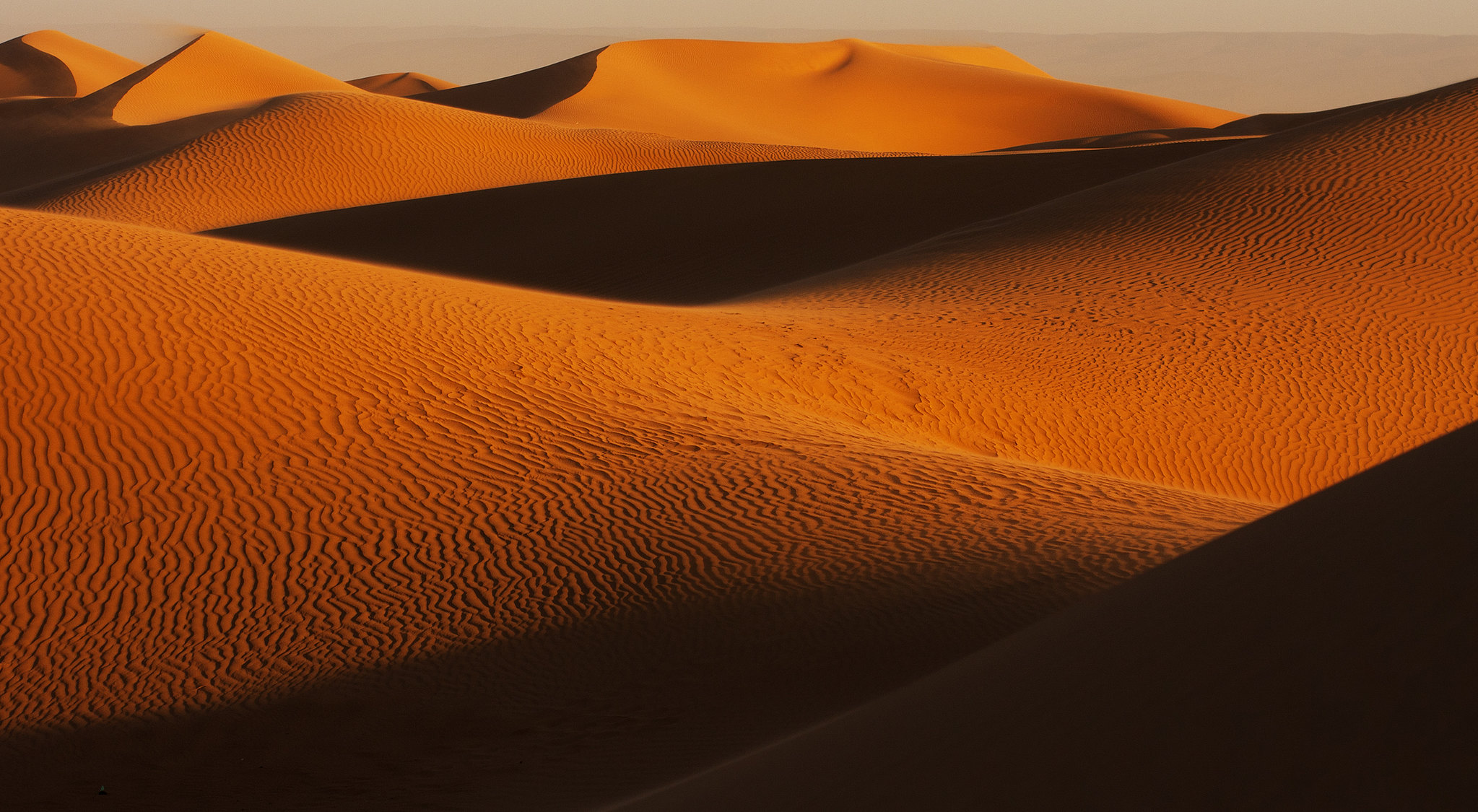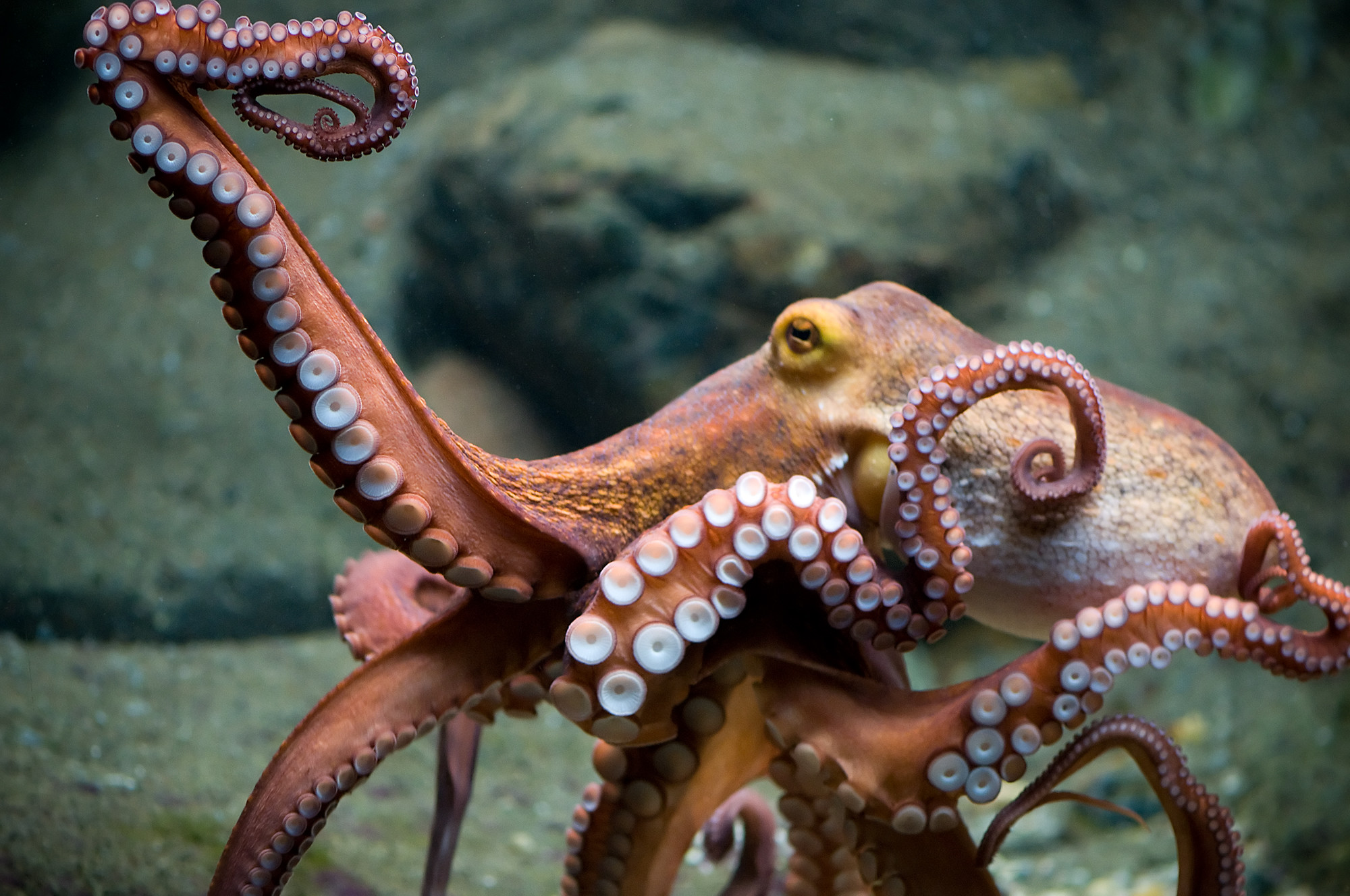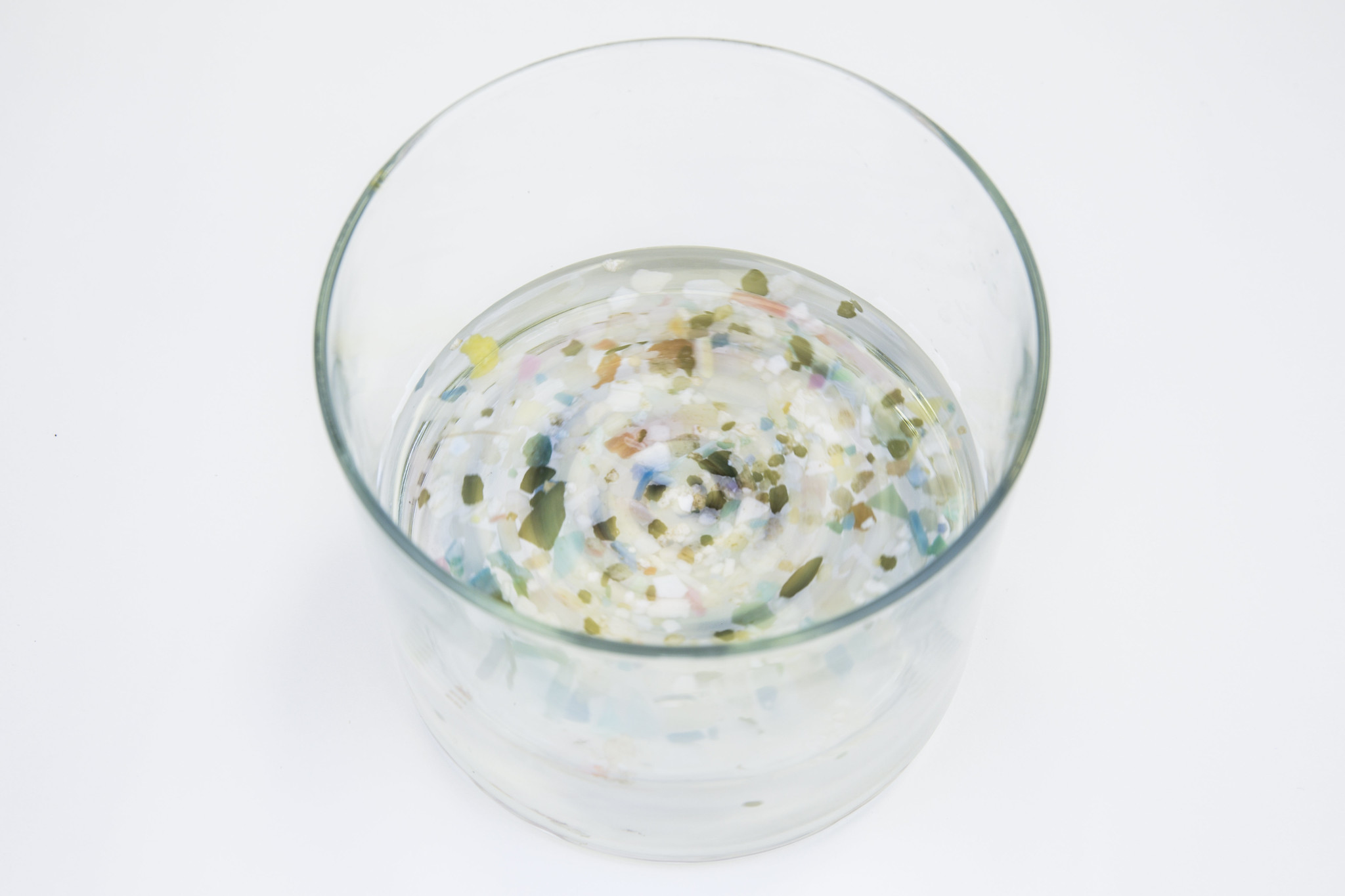Intersections of Art and Science
November 8, 2024

How ‘Dune’ became a beacon for the fledgling environmental movement − the Conversation
Excerpt:
“Dune,” widely considered one of the best sci-fi novels of all time, continues to influence how writers, artists and inventors envision the future…when Herbert sat down in 1963 to start writing “Dune,” he wasn’t thinking about how to leave Earth behind. He was thinking about how to save it….
Herbert wanted to tell a story about the environmental crisis on our own planet, a world driven to the edge of ecological catastrophe. Technologies that had been inconceivable just 50 years prior had put the world at the edge of nuclear war and the environment on the brink of collapse; massive industries were sucking wealth from the ground and spewing toxic fumes into the sky.
When the book was published, these themes were front and center for readers, too. After all, they were living in the wake of both the Cuban missile crisis and the publication of “Silent Spring,” conservationist Rachel Carson’s landmark study of pollution and its threat to the environment and human health.
“Dune” soon became a beacon for the fledgling environmental movement and a rallying flag for the new science of ecology…
More on Intersections of Art + Science . . .

How ‘Dune’ became a beacon for the fledgling environmental movement − the Conversation
“Dune,” widely considered one of the best sci-fi novels of all time, continues to influence how writers, artists and inventors envision the future…when Herbert sat down in 1963 to start writing “Dune,” he wasn’t thinking about how to leave Earth behind. He was thinking about how to save it…

What Is the Sound of a Teardrop? You Can Hear It at MoMA – New York Times
Otobong Nkanga’s installations can seem simultaneously futuristic and primordial, apocalyptic and utopian. Her latest opens at the museum this week…

An artist’s uncanny immersion in seaside bliss — or is it toxic swill? – the Washington Post
An installation by Samara Golden, one of our most original and interesting artists, places viewers on the edge of a strange, debris-filled ocean…

Daniel Coe’s Astonishing River Cartography – Orion
Cartographer Daniel Coe uses relative elevation data, primarily from plane-mounted lasers called lidar…His stunning river maps reveal stories hidden in historical sediment and past channels carved by the water, as it twists and turns through both landscape and time.

Images of Climate Change That Cannot Be Missed – the New Yorker
Just as we risk becoming inured to the crisis, an exhibition, “Coal + Ice,” serves as a stunning call to action…

Shapeshifters: Octopus Superpowers (Full Episode) | Secrets of the Octopus – National Geographic
Whether transforming their body shape and color to disappear or mimicking their deadliest enemy. Octopus use shapeshifting superpowers to survive…

Jo Brand translated my science. I’m certain that comedy can connect people to climate change – the Conversation
Comedian Jo Brand helps Professor Mark Maslin spell out the actual risks of climate change, pulling zero punches, and using highly unscientific language throughout…

Will Shoppers Ever Care About the Destruction of the Planet? – the New York Times
Tactics to convince people to buy less aren’t working. A quirky new documentary by Patagonia takes a different approach…

Microplastics Are a Big Problem, a New Film Warns – New York Times
At SXSW, a documentary traces the arc of plastics in our lives, and highlights evolving research of the potential harm of its presence in our bodies…
